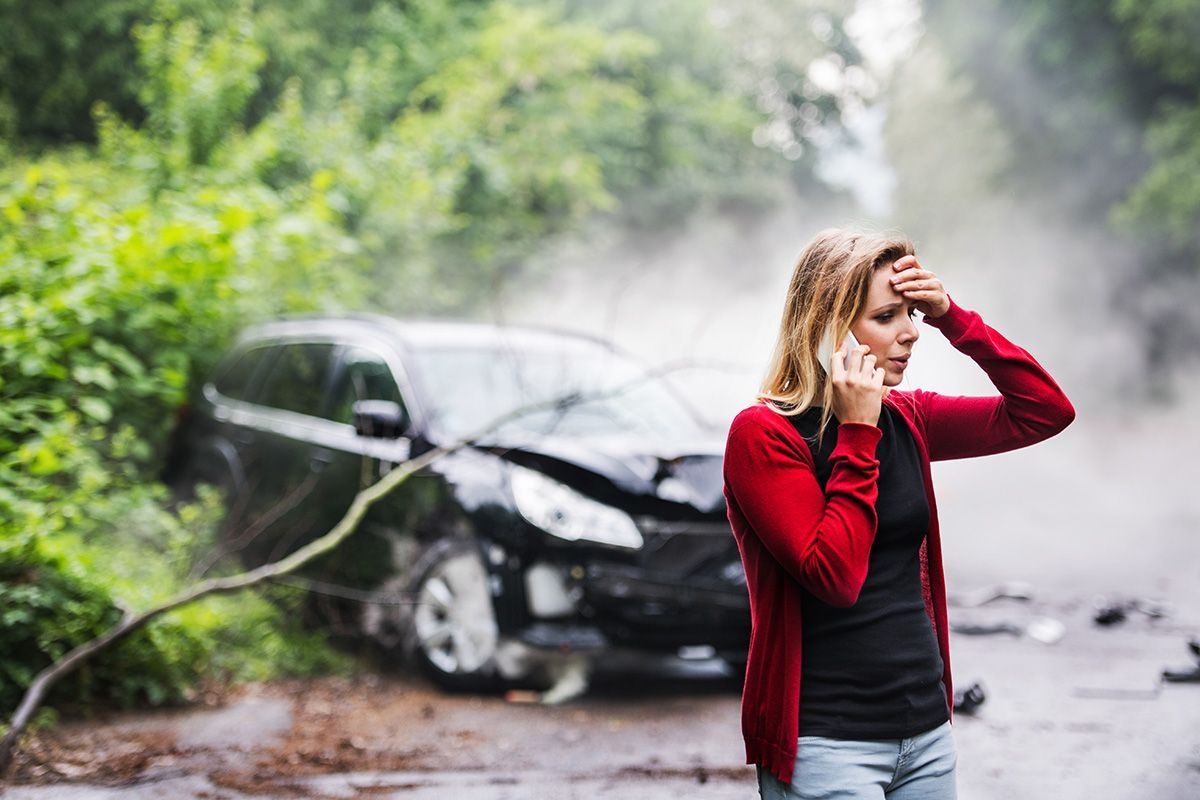Accident analysis to determine the cause of the accident by the motor vehicle expert
As a sworn and court-certified expert, I use the latest technical, impeccable and recognised methods for accident analysis. In the course of traffic accident reconstructions of all kinds in road traffic, the following services can be provided:

- Exact measurement of the accident site by means of aerial photography or photogrammetric evaluation of images or a 3D model by generating a point cloud and locating it in a true-to-scale virtual model.
- Determination of the collision point
- Determination of initial, collision and contact release velocities (velocity after an entangled impact)
- Analysis of whether the preconditions for a cervical spine injury (C-spine) are present
- Examination of the causality and analysis of the damage patterns: Was there contact?
- Avoidability considerations (temporal and spatial): What would have happened if the maximum permitted speed had been observed?
- Verification of whether insurance fraud may have occurred
- Paint inspections: Has there been contact between two vehicles?
- Evaluation of tachograph discs: manual and electronic
- virtual comparisons of accident vehicles
- Reading and analysis of data from control units and event data recorders (EDR)
- Reading and analysis of data from sports watches, GoPro and other GPS devices
My methods for accident analysis
For the reconstruction and analysis of all kinds of accidents in road traffic according to the latest state of the art, I use impeccable and state-of-the-art methods. The software tool used is Analyzer Pro Link. For the photogrammetric evaluation of images, the software PC-Rect Link is used to rectify photographs and videos.
An accident is essentially divided into three phases:
- The phase before the impact includes all reaction times and paths, in which skid marks, visual obstructions and courses are kinematically considered and analysed.
- The collision itself, in which, according to the law of momentum and the law of conservation of energy, energies before the collision are converted into various energies after the collision, such as the deformation energy.
- The run-out phase after the collision, in which it is possible to calculate back from the end positions of the participants to the contact release speed on the basis of any run-out tracks that may still be present (backward method). If there are no usable run-out tracks, the impulse-forward method can also be used.
In order to be able to better imagine the course of the accident, a three-dimensional representation is also possible. I will be happy to answer any further questions you may have about accident analysis in person.
Examples for the representation of an accident sequence
Accident - collision with concrete fence
Analysis of visual obstacle 0.7 seconds or 5.8 metres before collision
Cyclist approaching car before collision
Example of the representation of an accident sequence for a better idea of the processes in 3D:
Example of the representation of an accident sequence for a better idea of the processes in 2D:
Example of the representation of a frontal collision in 3D:
Example of the representation of a frontal collision in 3D interior view:





